
Blog
XCV Panel – Benefit & Features Of XCV Photoelectric Cells

Overview XCV Panels
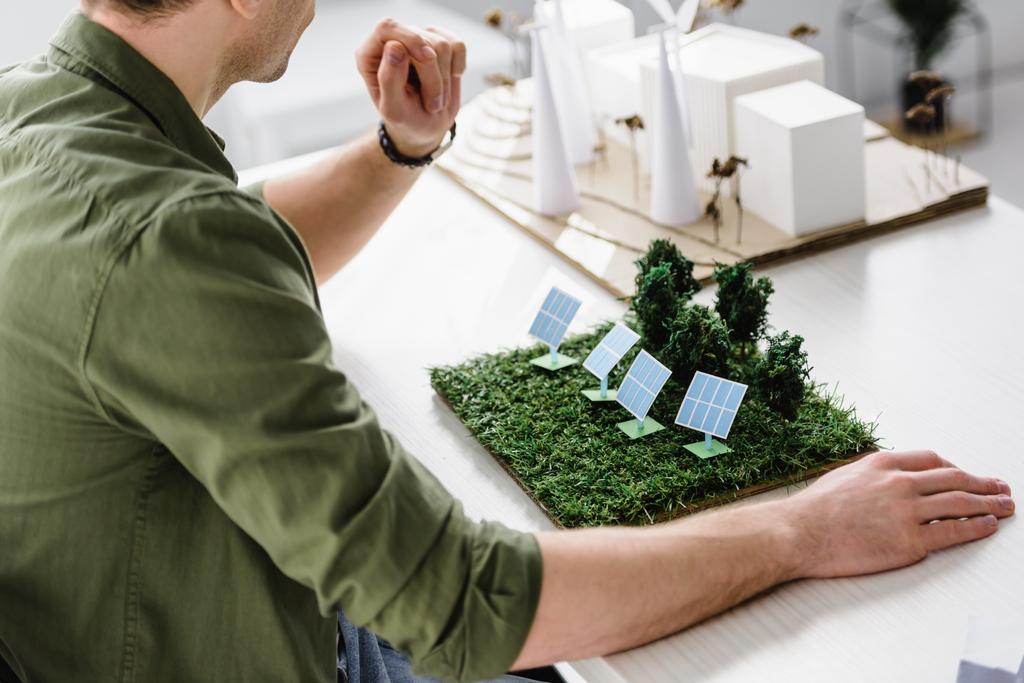
Ever wondered how that shiny blue panel on rooftops generates electricity? At the heart of it is the magic of XCV photoelectric cells. But before we dive into that, let’s take a walk down history lane.
What’s an Xcv Panel?
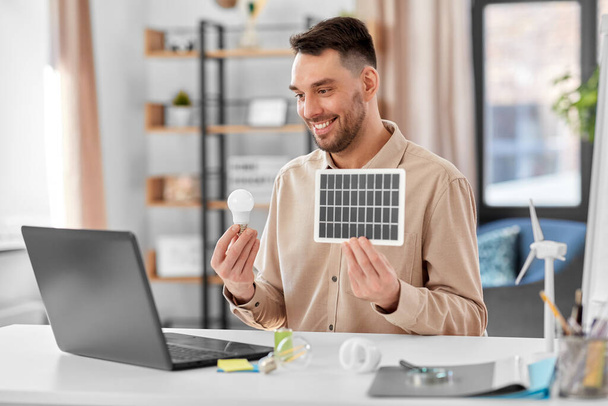
Think of the Xcv Panel as a super-flexible sun catcher. It stands for “Extremely Conductive and Versatile Panel.” Imagine lots of tiny sunlight-catching bits (we call them photoelectric cells) coming together to make one big panel. When the sun shines on it, these panels can turn that sunlight into power. The best part? You can either save this power in batteries for later or plug it straight into stuff you want to use. Pretty neat, right?
History of XCV Panels
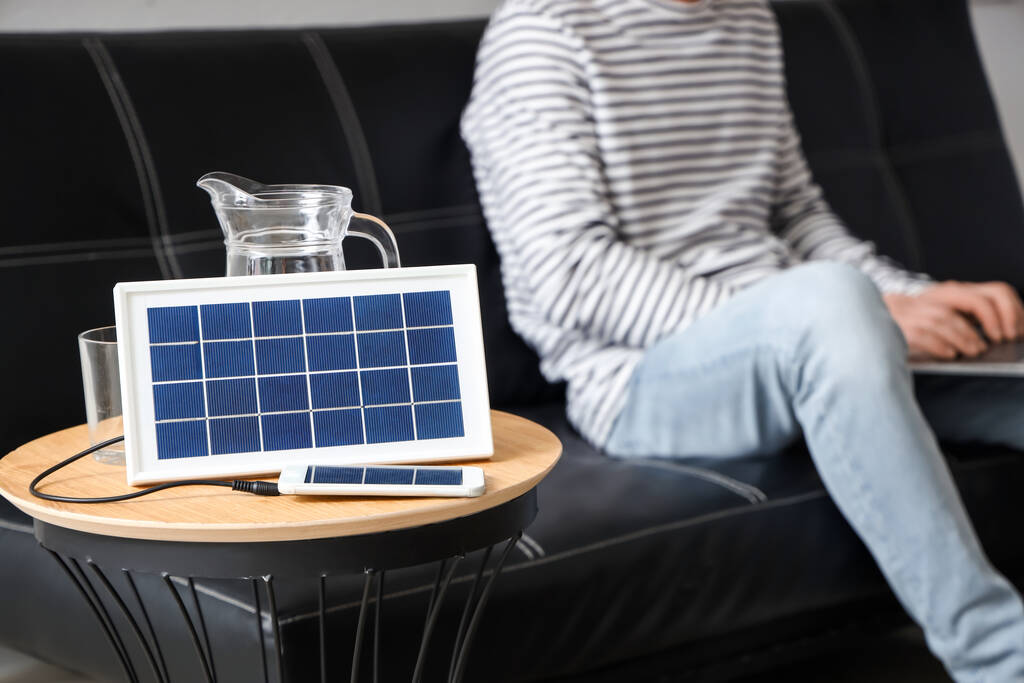
The concept of converting sunlight to electricity isn’t as new as you might think. Back in the 1800s, scientists discovered the photovoltaic effect. Fast forward to today, we have modern panels harnessing sunlight like never before.
Best Benefits of XCV Panels
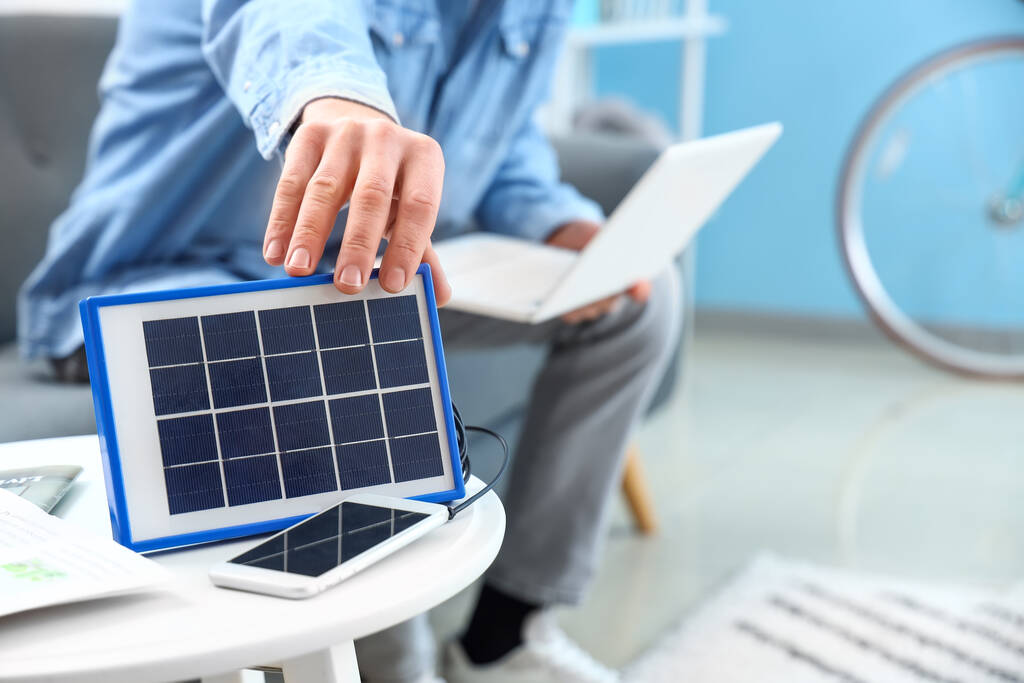
Here is 07 Best Benefits of XCV Photoelectric Cells
- Cost Savings: Reduces energy bills over time due to sunlight-derived power.
- Eco-Friendly: Generates clean energy, reducing carbon footprints.
- Reliability: Consistent energy source whenever there’s sunlight.
- Low Maintenance Costs: Once installed, upkeep costs are minimal.
- Space-Efficient: Suitable for various settings, from rooftops to open fields.
- Energy Independence: Reduces reliance on traditional power grids.
- Enhanced Property Value: Installation can increase the value of a property.
Best Features of XCV Panels
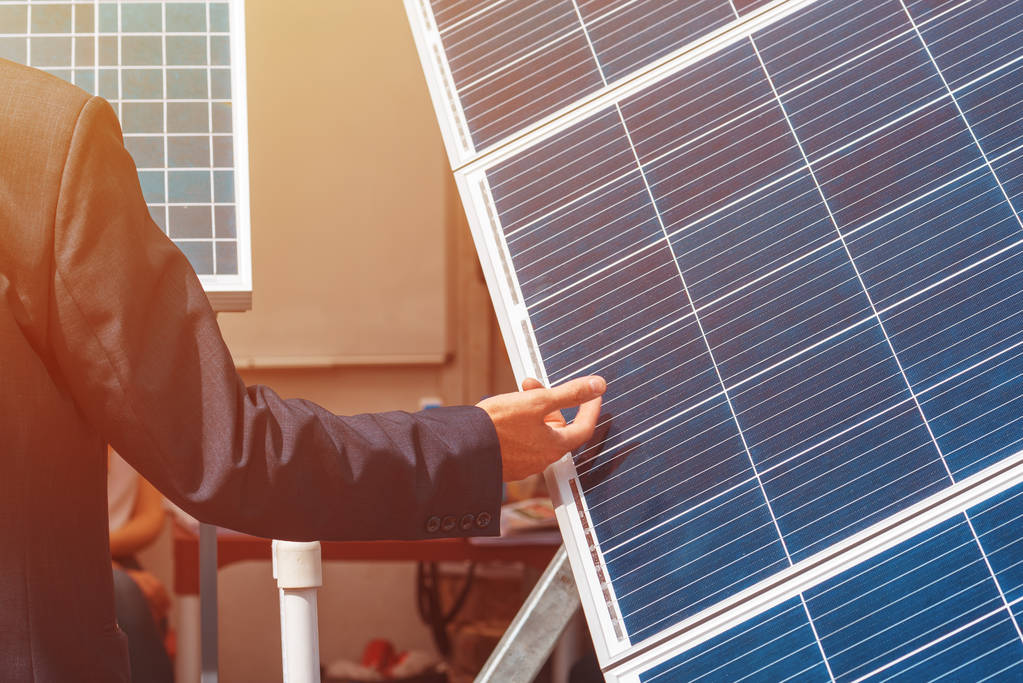
Here is 07 Best Features of XCV Photoelectric Cells
- Efficient Energy Conversion: Transforms sunlight into electricity with high efficiency.
- Durable Construction: Built to withstand various weather conditions.
- Low Maintenance: Requires minimal upkeep once installed.
- Environmentally Friendly: Produces clean, green energy.
- Versatile Size Options: Can be designed for various applications, big or small.
- Quick Response Time: Generates electricity nearly instantly upon light exposure.
- Low Operational Noise: Silent energy production.
How does the XCV Panel function?
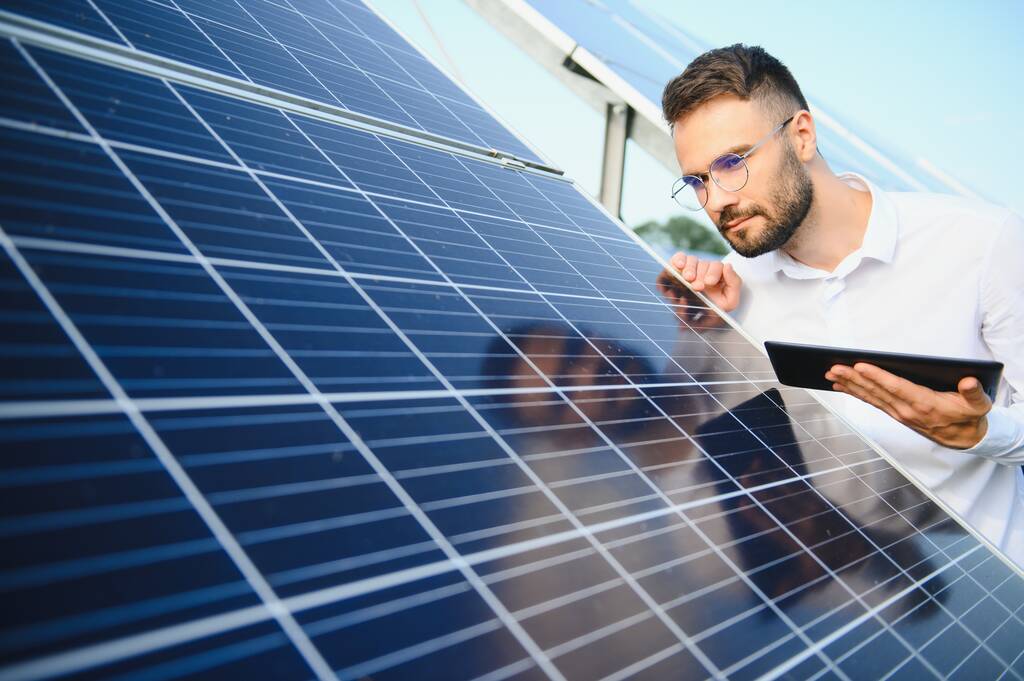
The Xcv panel is like a sunlight catcher. It’s made of stuff that’s really good at grabbing light. When sunlight hits it, the panel turns that light into tiny electric bits. These bits travel to a battery. Once in the battery, they change a bit and get stored. Later, we can use this stored power for everyday things. Cool, right?
Experts Installation Guides to Install XCV Panel
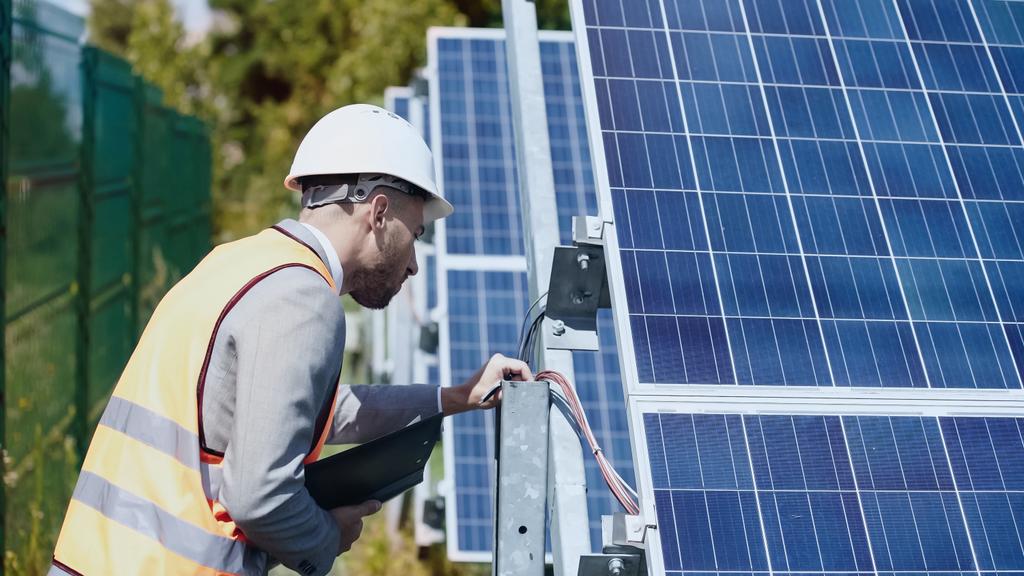
Here is Ten Installation Guides From expert Engineers Install XCV Panel
When it comes to setting up an XCV Panel, there’s a method to the madness. Here’s a Ten step-by-step guide for those who want a professional touch:
1. Initial Assessment
- Site Survey: Use specialized tools like solar pathfinders to determine the optimal position and angle for maximum sunlight exposure.
- Energy Audit: Calculate your energy needs. This will help determine the number and size of panels required.
2. Gear Up
- Procure Materials: Get high-quality panels, inverters, and mounting hardware.
- Safety First: Make sure you have safety helmets, gloves, harnesses, and electrical insulation tools.
3. Panel Placement
- Optimal Positioning: The panel’s position is crucial. In the Northern Hemisphere, south-facing is ideal; for the Southern Hemisphere, north-facing.
- Optimal Tilt: The tilt angle should be equivalent to your location’s latitude for most of the year. Adjust seasonally for maximum efficiency.
4. Installing the Mounting System
- Roof Integrity: Before mounting, ensure the roof can bear the panel’s weight. Use structural supports if necessary.
- Mount Installation: Attach mounts ensuring they penetrate roof joists. Sealant is crucial to prevent leaks.
5. Panel Installation
- Alignment: Once the mounting structure is in place, align the panels correctly to ensure even spacing and symmetrical layout.
- Secure Panels: Bolt panels in place using high-grade stainless steel bolts for durability.
6. Electrical Connections
- Weatherproofing: Use weatherproof wiring and conduit. Secure all connections.
- Inverter Installation: Connect the panel wires to the inverter, converting DC to usable AC. Ensure the inverter is in a ventilated space to avoid overheating.
7. Battery Connection (if off-grid)
- Battery Setup: For energy storage, set up deep-cycle solar batteries.
- Safe Spacing: Batteries can get warm, ensure they’re spaced out and in a cool, dry place.
8. System Monitoring
- Install Monitors: Set up a solar monitoring technology system to track efficiency and output. This allows for proactive maintenance and troubleshooting.
- Regular Checkups: Schedule bi-annual or annual professional checkups to ensure optimal functioning.
9. Finalize & Test
- Grid Connection: If you’re connecting to the grid, coordinate with the local utility company for final hook-up.
- Safety Checks: Ensure all electrical components are grounded properly. Test the system thoroughly.
10. Documentation & Permissions
- Local Permissions: Before starting, ensure you have necessary permissions and permits.
- Document Everything: Maintain a folder with all system details, invoices, warranties, and other relevant documentation.
Note 03: Safety First For Everything!
- Always turn off the main power when connecting the system.
- Use gloves and safety goggles.
- If unsure about any step, consult a professional.
Final Review
XCV Panels are like magic sun catchers. They’re good for our pockets, great for the Earth, and have some nifty features that make them super handy. If you’re thinking about a smarter way to get power, XCV photoelectric cells have transformed how we think about energy. They offer a sustainable, efficient, and cost-effective solution for our ever-growing power needs.

